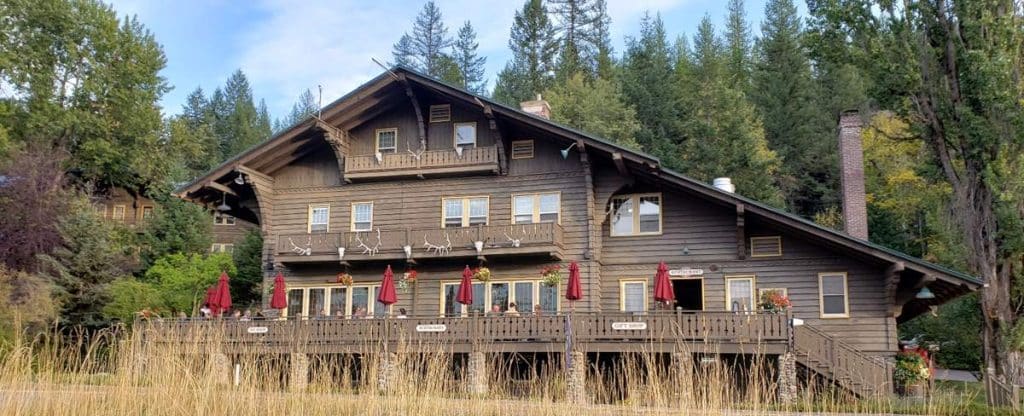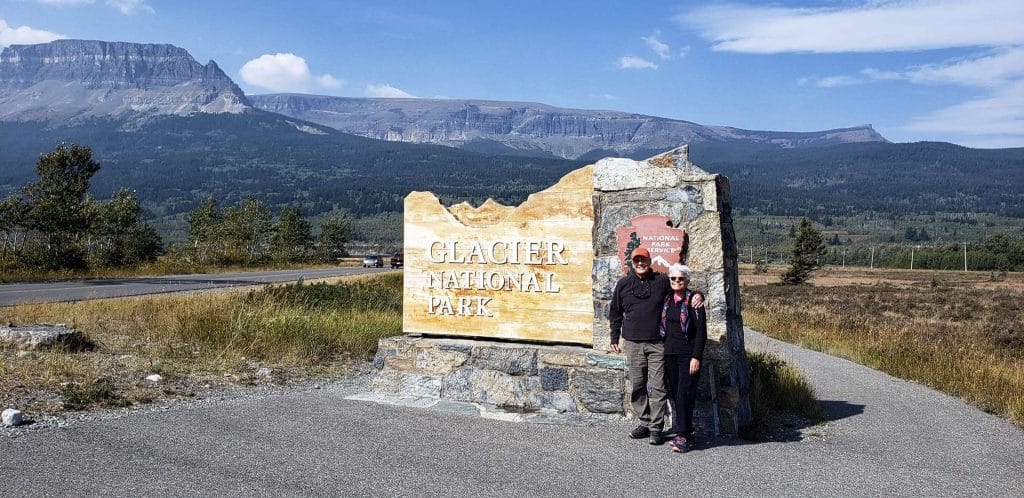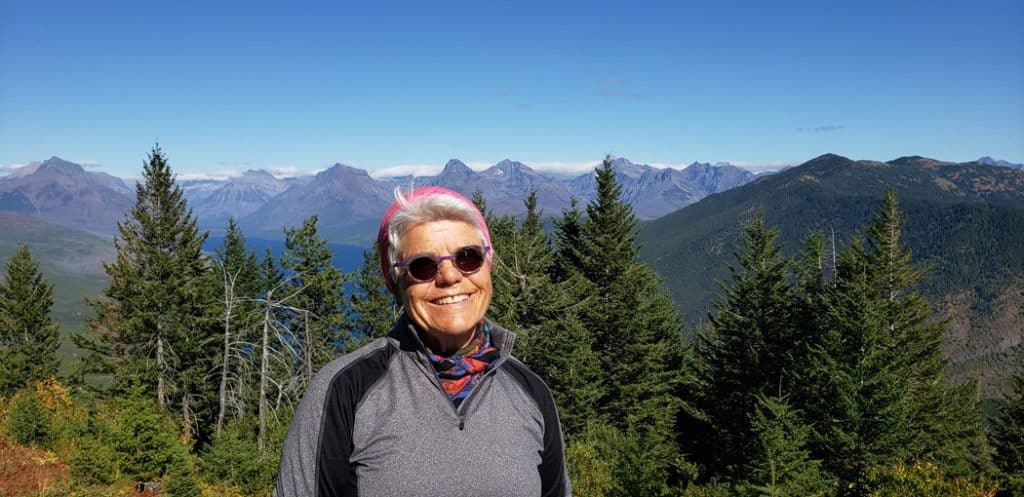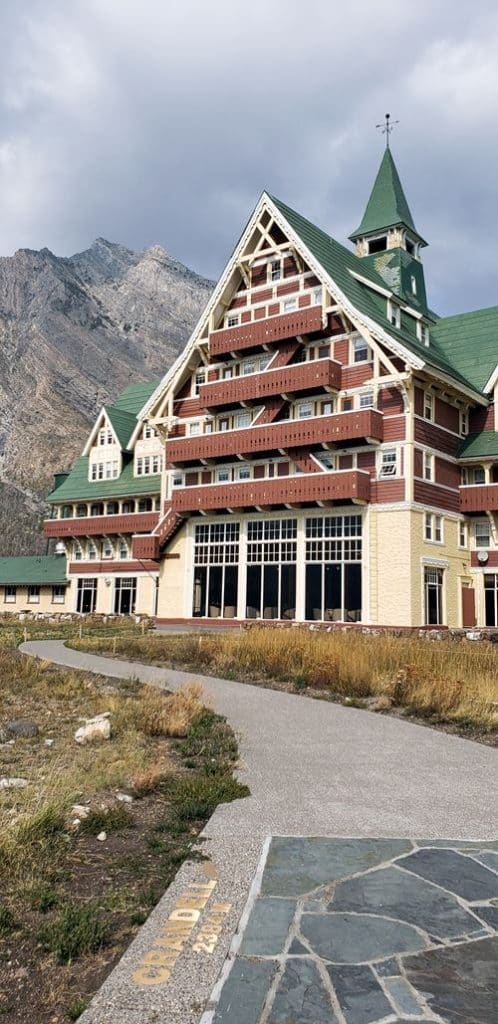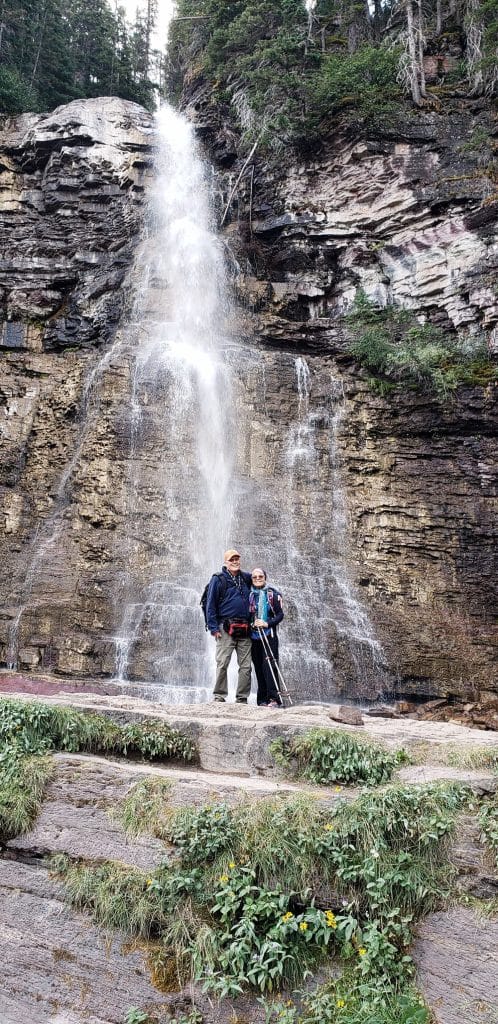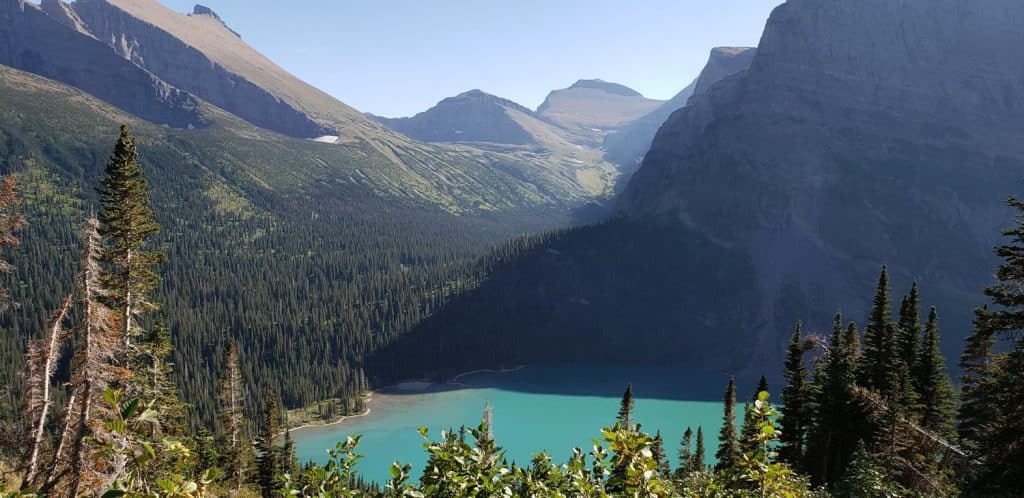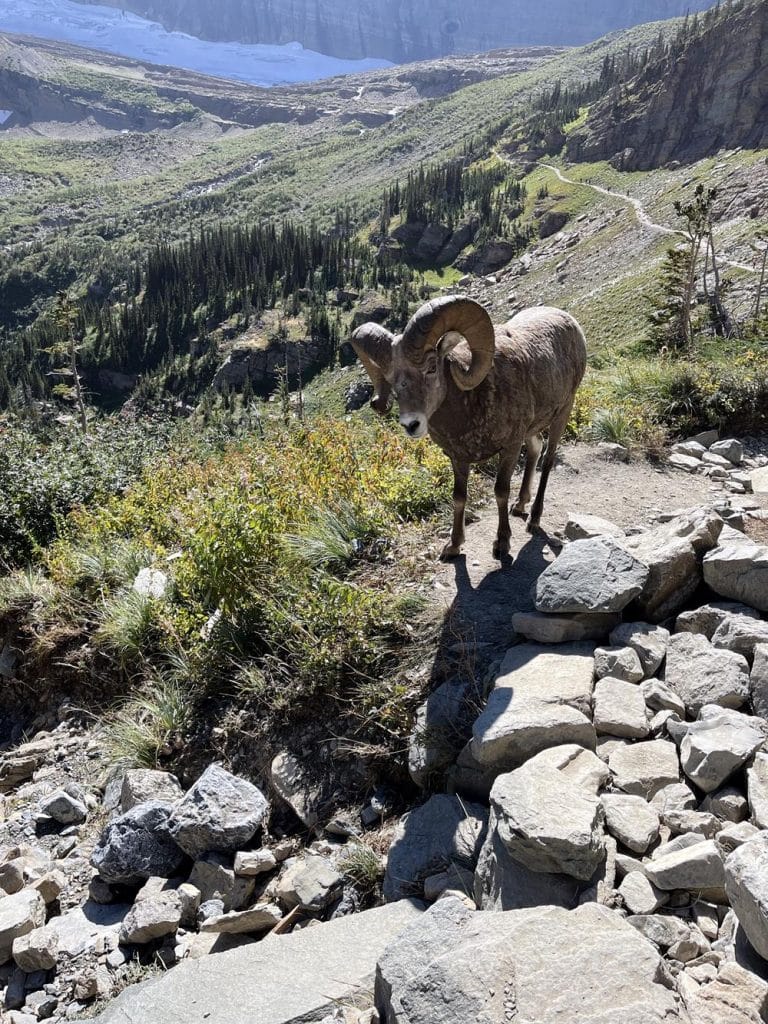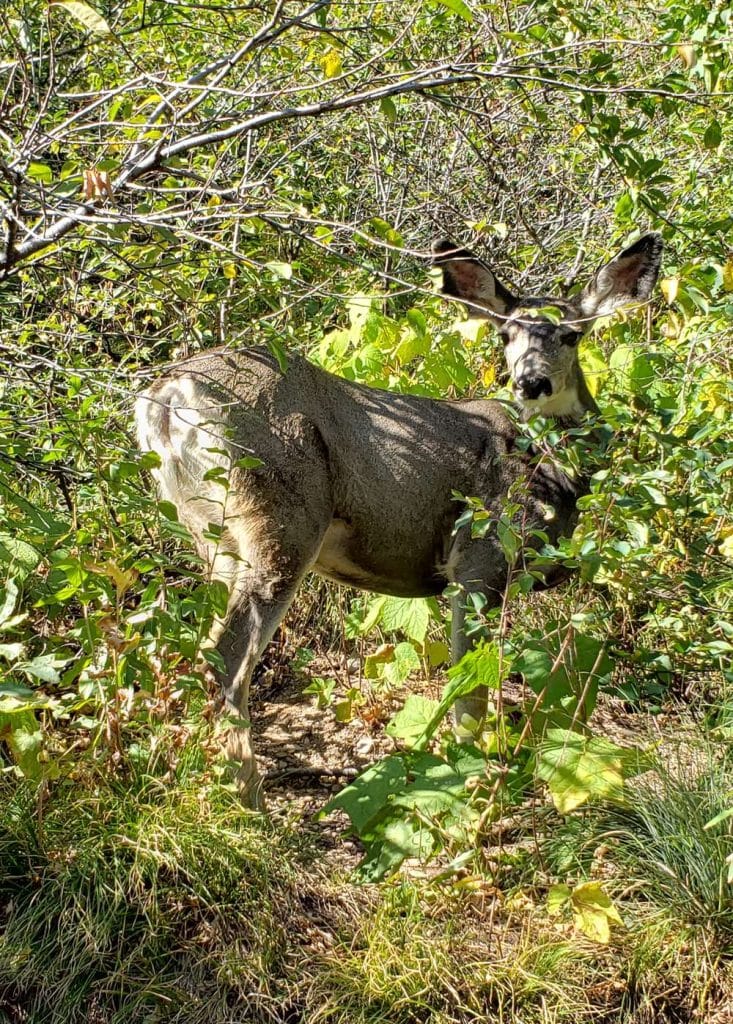We recently ventured deep into the recesses of northwestern Montana’s Rocky Mountains, with its stunning glacier-carved peaks and valleys, alpine meadows, melting glaciers, and pristine lakes, for a much anticipated two-week hiking vacation in Glacier National Park. This post attempts to capture the highlights of a truly remarkable recreational tourism experience!
Our Trip to the East Side
After landing in the seemingly tiny Kalispell International Airport (after flying into huge Denver Airport), my wonderful boyfriend Paul Hamel and I rented a car and headed to St Mary Village on the east side of the Park. We journeyed along the infamous and rather narrow Going-to-the-Sun Road that spans 50 miles and crosses the Continental Divide at Logan Pass, rising 6,646 feet at its highest point. A rather scenic experience in itself!
Waterton-Glacier International Peace Park- A Living Embodiment of Hope
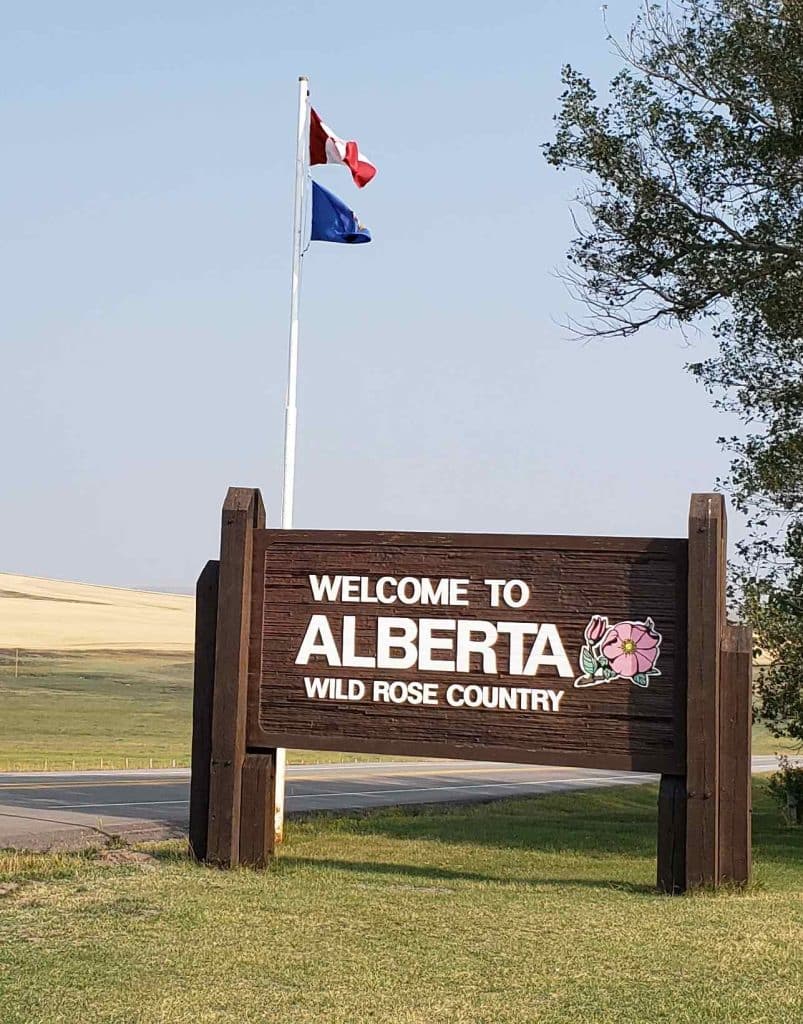
After settling into a spacious and comfortable room at Great Bear Lodge at St Mary Lodge & Resort, we planned a lowkey first excursion to Waterton Lakes National Park. Located just across the Canadian border in the southwest corner of Alberta, it was easily doable in a day.
Paul and I were still recovering from a bad case of Covid, even after being vaxed to the max, so going to the Peace Park was the perfect choice.
The two parks, Waterton Lakes and Glacier, naturally meet along the International Boundary. In 1932 the governments of Canada and the United States linked the two parks, creating the first International Peace Park. In 1995 it was designated as a World Heritage Site.
This landscape has always been sacred to the Blackfeet, Salish, and Kootenai peoples, and remains a sacred place embodying hope and wildlife conservation, where common boundaries and stewardship are shared by two countries, two provinces, one state and the Blackfeet.
Canada’s Iconic Grand Railway Hotel
Before driving into the cozy waterfront village of Waterton in Alberta Canada, we made a must-see stop at the historic Prince of Wales Hotel. Perched high on a bluff overlooking Upper Waterton Lakes and the surrounding mountains, it offers breathtaking views .
Constructed in 1927 by the Great Northern Railway, the rustic Swiss chalet style, seven-story structure with its soaring roofs, gables, and balconies with stunning views, attracts visitors from all over the world.
Open late May through mid September, the stately and iconic hotel was designated a National Historic Site of Canada in 1992. It is now managed by the Pursuit Collection. Enjoy high tea or dinner at this not-to-be missed grand old hotel.
Hiking the Continental Divide at Logan’s Pass
With the goal of hiking to Hidden Lake, we hit the Going-to-the-Sun Road early knowing the parking area at Logan’s Pass Visitors Center fills quickly.
Logan’s Pass is the highest point reachable by car in the park at 6,646 feet. It receives the most precipitation in Montana, and is closed during the winter months.
Starting at the Visitors Center, the Hidden Lake Trail is a moderate 3-mile round-trip hike with an elevation gain of 540 feet. It felt like a good place to start since Paul and I had just recovered from a hard 9-day bout with Covid; even after both being vaxed to the max!
To protect the subalpine meadow, much of the lower trail is on a wide boardwalk with stairs climbing upwards.
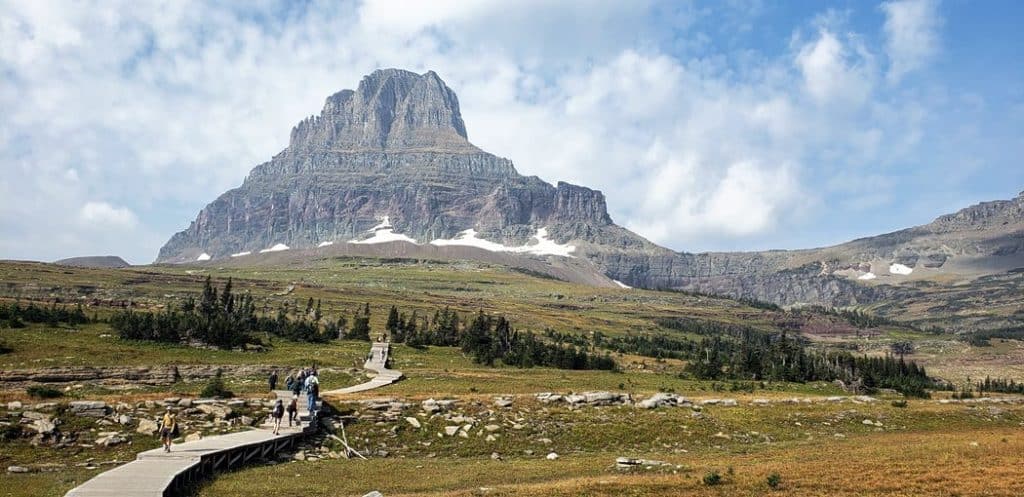
It turns into a dirt path that wraps around Clements Mountain. pictured above. The trail eventually leads to Hidden Lake Overlook; with a small viewing platform overlooking scenic Hidden Lake and Bearhat Mountain (8684 feet).
Due to a number of recent forest fires in the broader area, including the Quartz Fire that was burning in the steep terrain west of the Continental Divide, a smoky haze lingered over the mountains and valleys. Most notably at higher elevations, as seen in the picture below, of Hidden Lake and Bearhat Mountain.
Fortunately the smoke dissipated within a few days of our arrival, enabling us to enjoy much clearer views during the remainder of our two-week adventure.
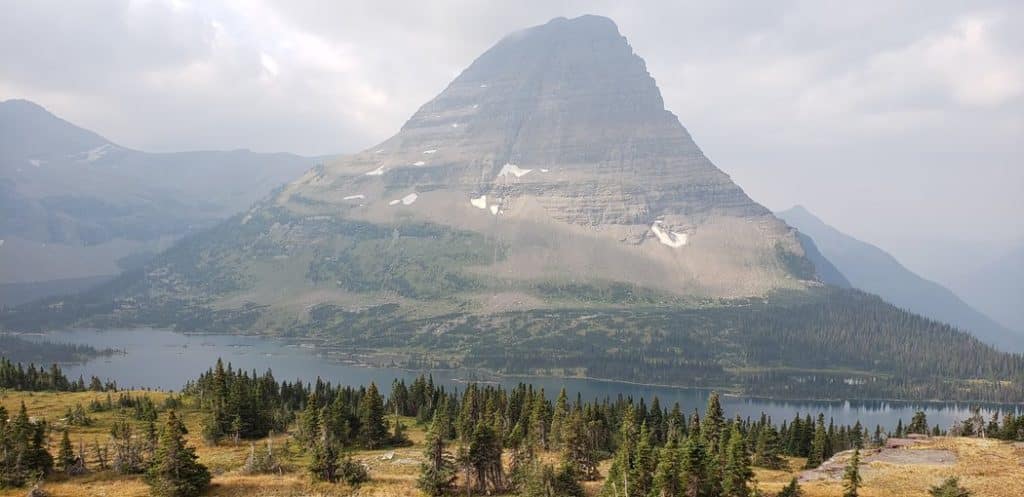
Waterfall Hikes in St Mary
Not only are the jagged sawtooth mountains and glacial lakes a huge attraction in Glacier National Park, the multi-tiered waterfalls are also a big draw.
Still wanting to keep our activity to a reasonable level as we continued to recover our stamina after Covid, we chose to hike to St Mary Falls and onto Virginia Falls in the morning. Later that afternoon we hiked to Baring Falls and Sun Point, for a total of 9.25 miles.
As we descended towards the Lake Mary Falls Trail, we passed through an area severely burned during the Reynolds Creek Fire of 2014 consuming 4,800 acres. It received national attention, not due to its size, but because the fire reached the Going-to-the-Sun Road, the main artery into the Park.
Virginia Falls, cascading at 50 feet, was the most impressive of the waterfalls we visited in the Park.
Some Real WOWS!
If you came in search of glaciers, turquoise lakes, bighorn sheep and grizzly bears then Grinnell Glacier, in the heart of the Glacier National Park, is the place to be!
Starting at the Many Glacier Hotel this strenuous 12-mile hike, with an elevation gain of 1600′ at around 6,890’, takes you deep into God’s country. You’ll see glacial lakes like St Josephine, with her crystal clear waters, and the jewel of them all, Grinnell Lake, pictured here.
It is one of the most stunning sights I’ve ever seen with its extraordinary milky-turquoise color, due to glacial silt.
Cast against a contrasting backdrop of towering pines and immense jagged peaks, it is truly a breathtaking sight to behold.
Most everyone hopes to safely see wildlife in the backcountry, and the Grinnell Glacier Trail is a likely area to encounter bighorn sheep, mountain goats, deer, moose and possibly a grizzly!
On our way up we saw four bighorn sheep grazing on a rocky hillside and a family of ptarmigans. On the way down it got close up and personal!
I will never forget this. On the descent after taking a rest, I stepped back onto the trail to literally come face-to-face with a granddaddy bighorn ram– close enough to touch! I recoiled and caught my breath, while Paul took this picture of the big guy peaceably sauntering past us. Needless to say my heart was in my throat…
Further down the trail I saw a grizzly on a ledge just above us, with no time to snap a picture. However I did get a shot of this beautiful mule deer standing next to the trail. We certainly got our wildlife fix that day!
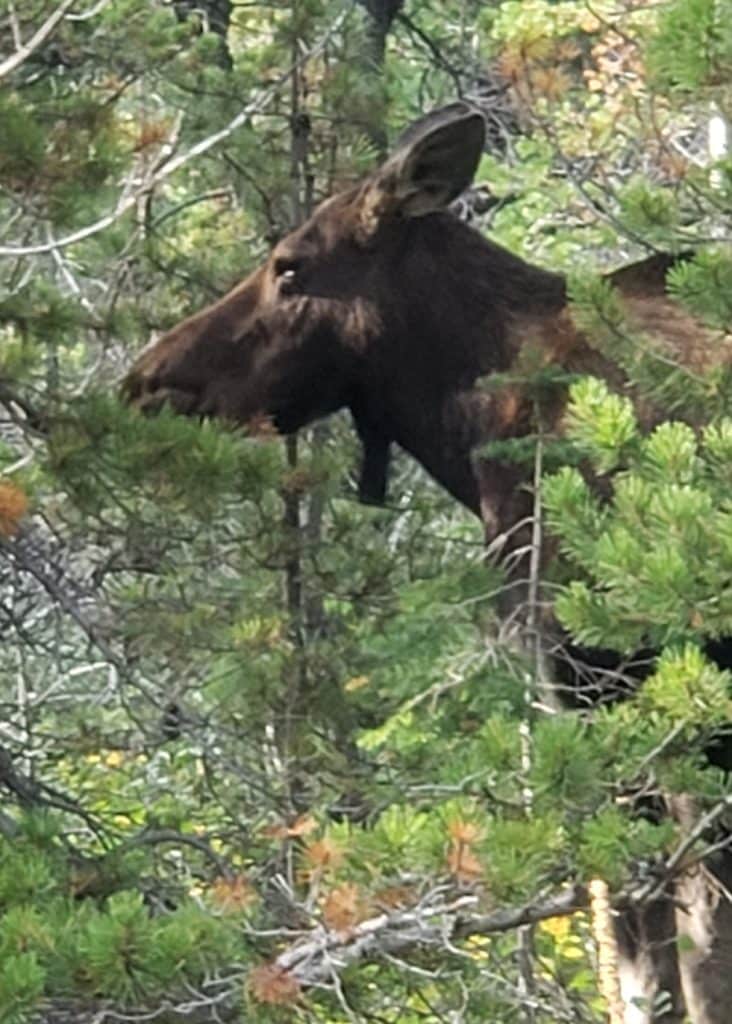
We returned to Many Glacier the following day, and left from the Swiftcurrent Pass Trailhead. We hiked the 6-mile moderate trail to Redrock Lake with its commanding views of Mt Grinnell, where we we’re the day before. And on to Redrock Falls to see its series of cascading waterfalls.
On the way back we were fortunate to see a moose and calf getting ready to bed down in the underbrush– a nice finale before leaving the east side of the park the next morning.
Retreating Glaciers & Threatened Species
Grinnell Glacier is named after the explorer and advocate George Bird Grinnell, who was instrumental in the creation of Glacier National Park. Grinnell Glacier is retreating, as are so many glaciers in the Rocky Mountains, and has reduced in size by more than 40% in 50 years. A big reason Paul and I wanted to experience this Park, before glaciers are a thing of the past as a result of our rapidly warming climate.
It deeply saddens me to think of losing the last of the glaciers, an ancient source of natural beauty. One that precious species of alpine plants and animals depend on for their survival.
The National Park System plays a critical role in preserving wild and open spaces. Our national parks provide public access where people can go to experience this country’s natural beauty, and hopefully appreciate the need to respectfully enjoy and conserve it.
On to the West Side
Lake McDonald
After a week on the east side, which turned out to be my favorite part of the park, we ventured to the less remote west side, dominated by lakes and water recreation, and closer to commercial services (like a laundromat!).
By way of Going-to-the-Sun Road we headed for Lake McDonald, the largest (10 miles long) and deepest (472 feet) glacial lake in Glacier National Park.
Enroute to our accommodations in Apgar Village, we stopped for lunch at the historic Lake McDonald Lodge, located on the southeast shore of the lake. Listed on the National Historic Places and a US National Historic Landmark, the 3.5 story Swiss-chalet style lodge is one of the Great Northern Railway destination resort hotels, built in 1914.
After lunch we headed to The Village Inn–where we woke up to this serenely beautiful view of Lake McDonald every day for the remainder of our visit.
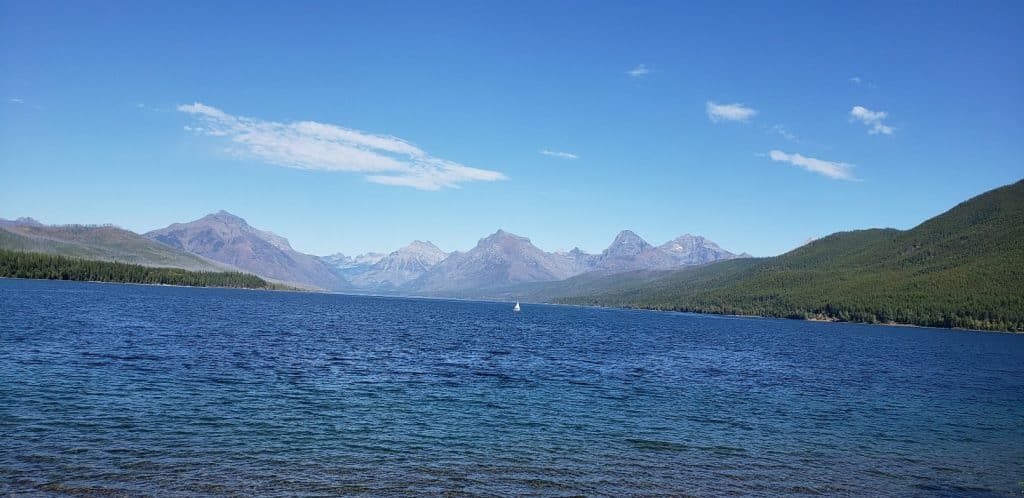
Awesome Apgar Lookout
Ready for another challenging hike, we decided to do the Apgar Lookout Trail, a 9.2-mile strenuous hike with an elevation gain of 1900 feet. The trail ascends to an old fire lookout atop a shoulder of Apgar Mountain. It offers absolutely stunning 360-degree birds-eye-views of the length of the lake and eight high peaks.
The Apgar Lookout and Grinnell Glacier Trails were, without a doubt, our favorite hikes!
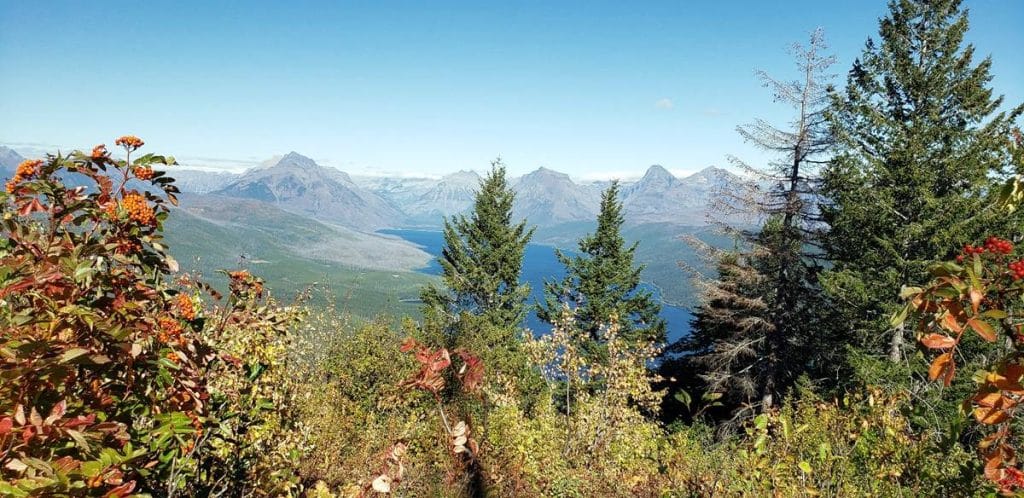
A Rainy-Day Adventure in the Back Country
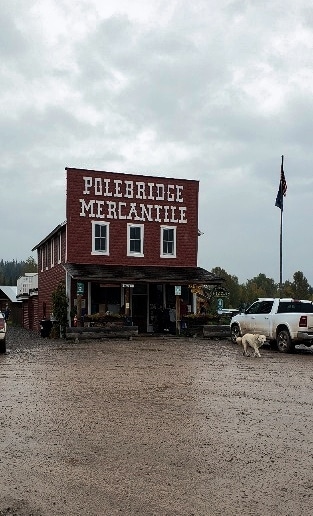
The weather was beautiful most of the time we were in Montana. So when it did rain, we welcomed the chance to recoup and do some exploring.
When dining on the east side at Lake Mary Lodge, some new friends recommended making the trek to the iconic Polebridge Mercantile. A funky saloon-style building, outside the park in Polebridge. It boasts a population 33, and is just 22 miles from the Canadian border.
We decided to head for Polebridge, poke around and have one of the Mercantile’s notorious Huckleberry Bearclaws.
We then re-entered the Park and took the rough and narrow dirt road to Bowman Lake; supposedly one of the most beautiful spots in the park– that is when the visibility is good!
Trail of Cedars, Avalanche Lake & Johns Lake Reflections
Enroute to the Avalanche Lake trailhead, a 1-mile wheelchair accessible boardwalk loops visitors through Glacier’s only cedar forest, making it a family favorite. It is almost fairytale with giant 5-century old red cedars towering to 100’ and spanning 4-7’ wide, growing from lush moss and fern covered forest floors.
The trail continues another 2 miles along Avalanche Creek gorge and through heavily wooded forests to picturesque Avalanche Lake (.6 miles in length, 3,905’). Rimmed with steep cliffs on three sides, it is a popular fishing spot for anglers, unlike most lakes of similar size and elevation in the park.
The following day we took the Johns Lake Trail to Johns Lake, tucked into an old growth forest of red cedars, red hemlocks and wetlands. Stanton Mountain at 7750’ and 8850’ Mount Vaught make a picture perfect backdrop, as reflected in the photo below. We continued the loop to Sacred Dancing Cascade and the spectacular and powerful McDonald Falls.
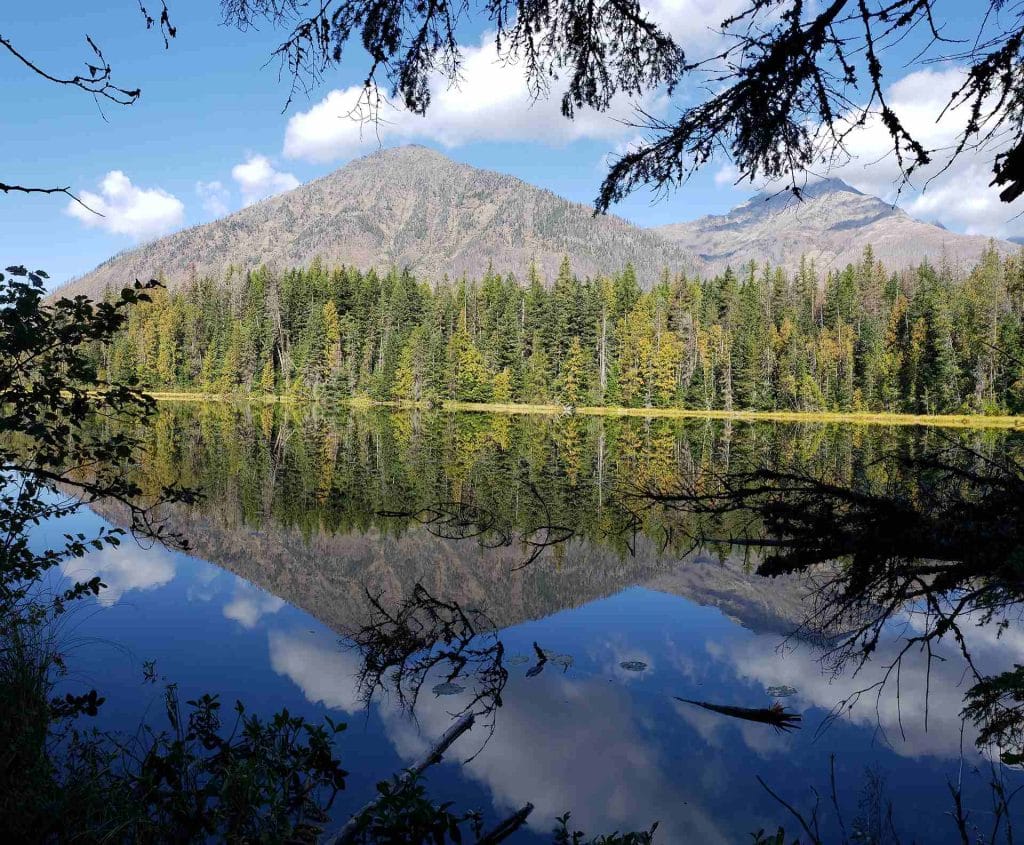
A Farewell Dinner at the Historic Belton Chalet
The first of the lodges built by the Great Northern Railway in 1910, the iconic Belton Chalet is located just outside the gateway to the Park. It offers fine dining in the historic Belton Grill Dining Room and 25 rooms in the hotel.
After hiking nearly 80 miles over the course of our 10-day adventure, Paul and I celebrated with an expertly-prepared meal of delicate Idaho steelhead trout and huckleberry-apple crisp. We took a look around the classic hotel behind restaurant before heading back to the Village Inn, to pack for our departure from the Kalispell Airport the next day.
The country’s tenth national park did not disappoint. Glacier National Park is truly a majestic tourism experience!
